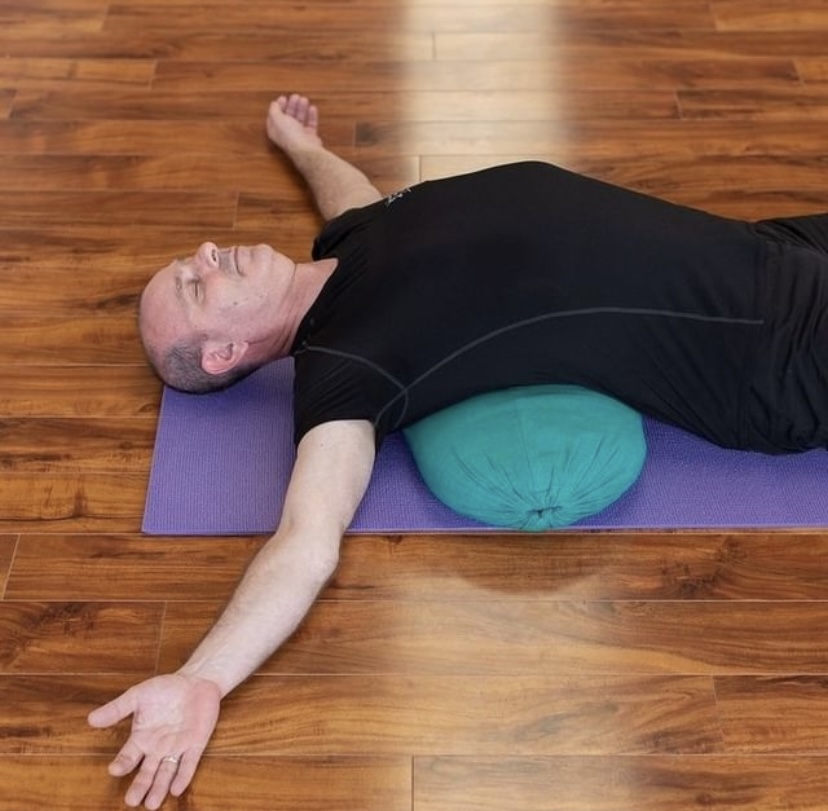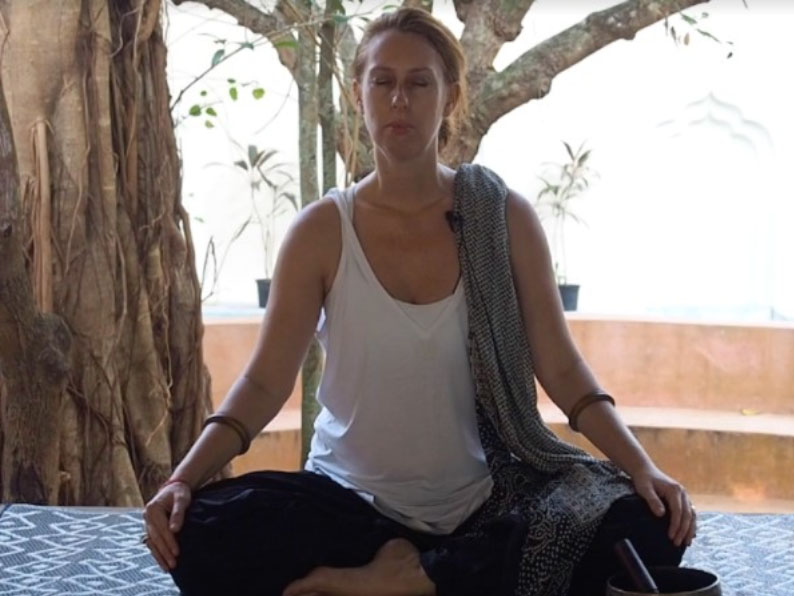
Sarah
Ālaya Yoga
Simple yoga poses for a better sleep
- February 23, 2022
WHY IS SLEEP SO IMPORTANT?
Many people suffer from a lack of good sleep. Have you ever found yourself tossing and turning in bed struggling to fall asleep or waking up in the middle of the night unable to go back to bed? Many people suffer from the lack of good sleep which can affect your health, mood, and interfere with your day-to-day activities. It can lead to a range of disorders and mental health problems.
Lots of things can disrupt a healthy sleep cycle. Stress, anxiety, health issues or even noise pollution are all some common factors that can contribute to your lack of sleep. Sometimes, our brain is just overstimulated which can make it hard for our mind and body to drift off. But what happens when we are unable to get some shut-eye?
Sleep is important for brain development. It’s when all the information, experiences and memories that we take in during the day are processed by our brain. New neural pathways are formed, our body heals and restores itself by repairing and regenerating nerve cells and tissues. It’s when our mind organizes all the information, feelings and thoughts that we experience daily so that we can start the next day with renewed energy.
The lack of good sleep can result in feelings of tiredness and fatigue. You may feel restless or have mood swings during the day, or you may find it harder to focus and concentrate on things. People who experience insomnia for long periods of time may also become easy targets for anxiety, stress, and depression. You may find it hard to make decisions at work or find it harder to focus on your studies. Extreme sleep deprivation can even cause hallucinations and erratic behaviour.
Different people need different amounts of sleep but 6-9 hours of sleep is generally considered a good amount of sleep for most people.
YOGA AND SLEEP
Yoga can be an incredible tool to combat sleep deprivation or insomnia. The practise of yoga involves doing asanas that can help your body release all the tension that it may store. If you feel tight in your joints and muscles, the practice of yoga asanas can help you stretch and loosen up those tight muscles so your body can relax, rejuvenate and heal itself.
Pranayama is the use of breathwork to calm your mind and your nervous system. This union of the mind and body is what makes yoga as effective as it is when it comes to having a good night’s sleep. Meditation can help calm an overactive brain and prepare it for a good night’s rest while holding certain yoga asanas can help prepare your body for sleep.

YOGA ASANAS TO HELP WITH SLEEP -
It’s been determined in several studies that people who practice yoga regularly generally have consistent sleep cycles. Next time you find yourself having a tough time falling asleep, just roll out your yoga mat for a quick yoga practice. Even doing a short practice that focuses on pranayama and restoration can leave you feeling ready for bedtime. You can even try doing some of these poses and meditative exercises in bed.
Yoga practices that can contribute to a night of healthy sleep -
Yoga Nidra is one of the easiest yoga practices to maintain. It involves commanding a relaxation response from your body through the use of meditative techniques. Generally, a yoga Nidra practice would be guided by a teacher to help you reach a state of complete relaxation and conscious awareness.
Pranayama is the practice of breath control. By learning to control your breath, you can learn to calm your thoughts and emotions, which can in turn calm an overactive mind.
Yin yoga can help you get deeper in your stretches and help you feel more relaxed while also helping you slow down your heart rate.
Using props in your yoga practice such as blankets bolsters, cushions, or using meditative guides such as singing bowls, calming music, sound baths etc can help your mind and your body be more focused on reaching a state of sleep and calm.
Yoga asanas that can help relieve tension from your muscles and calm your mind -
STANDING FORWARD FOLD (UTTANASANA)
Try bending your knees and holding opposite elbows while gently swaying side to side to find even more relaxation and stretch in this pose. It slows the heart rate.
LEGS UP THE WALL POSE (VIPARITA KARANI)
This pose is great for calming an overstimulated brain. The benefits of this asana are best felt when it is held for an extended period of time. It can help release tension from the back while all the blood from the legs rushes down to the heart helping you feel more relaxed.
RECLINING BUTTERFLY (SUPT BADDHA KONASANA)
Reclining the butterfly pose helps you stretch out all the big muscle groups in your body, like your spine and your hamstrings. Try putting one hand on your belly and the other on your chest so that you can really focus on your inhalations and exhalations.
CHILD’S POSE (SHISHUASANA)
Child’s pose is an active rest position that gently works wonders for your back. It helps calm the nervous system and release any tension from the mind.
CORPSE POSE (SAVASANA)
Savasana is done at the end of a yoga routine and it’s when you direct your focus to your breath, while the body can begin working on restoration and relaxation to reach a state of calm.
Conclusion
The lack of good sleep can affect our daily lives and routines. Yoga is easy, tried and proven method for regulating your sleep cycle and sleep habits that in turn contributes to improved productivity and health.
